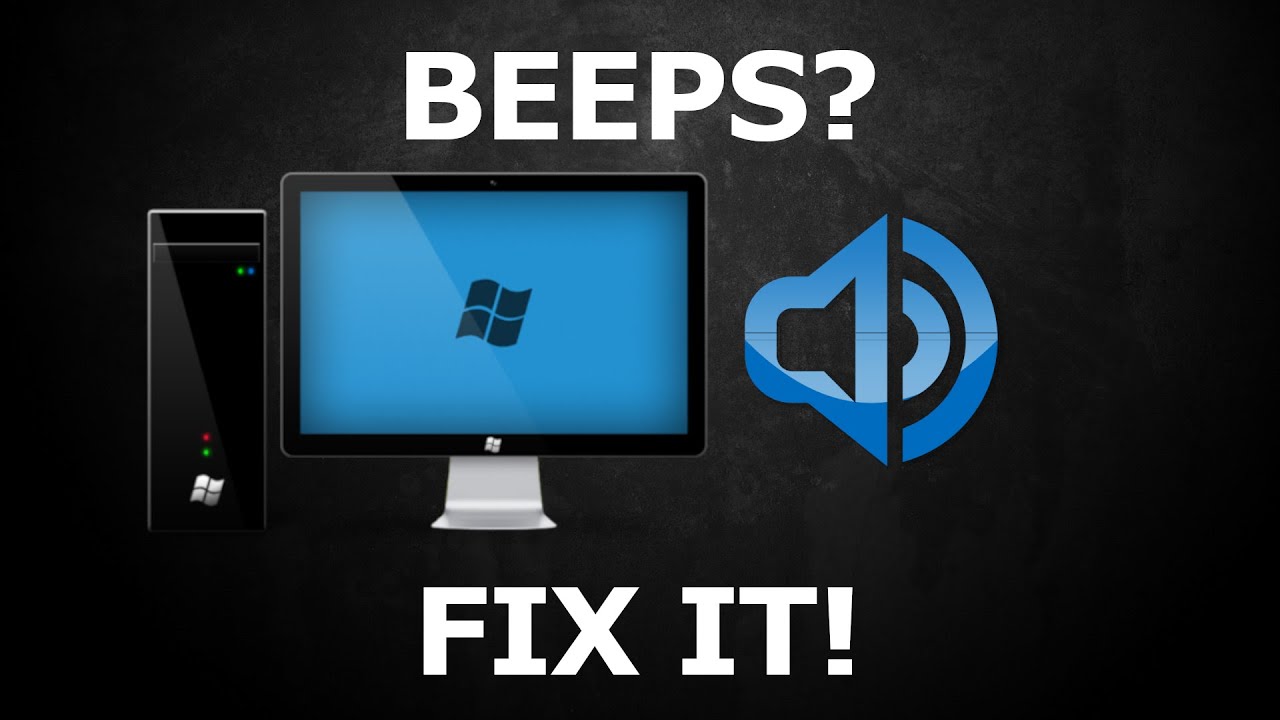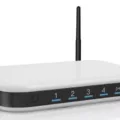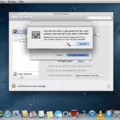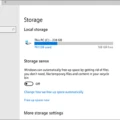When a computer starts up, it goes through a process called the Power-On Self-Test (POST). This is a series of checks that the computer performs to make sure that all of its hardware components are working properly. If the computer encounters an error during this process, it will often emit a series of beeps to alert the user to the problem.
One of the most common types of beep codes is the 3-beep code. This code indicates that there is a memory issue with the computer. This could mean that the RAM modules are not installed properly, or that they have failed and need to be replaced.
Another common beep code is the 2-beep code, which indicates that the computer is not detecting any memory at all. This could be caused by a faulty RAM module or a problem with the motherboard.
If you hear a 4-beep code, this typically indicates a problem with the RAM modules themselves. You may need to replace one or more of the RAM sticks to resolve the issue.
The 5-beep code is a bit less common, but it typically indicates a problem with the CMOS battery. This is a small battery that helps to keep the computer’s internal clock running even when it is turned off. If this battery fails, it can cause the computer to forget its settings and configurations, which can lead to a variety of problems.
If you encounter any of these beep codes, it is important to take action to resolve the issue as soon as possible. In some cases, the problem may be easy to fix, such as by simply reseating the RAM modules or replacing the CMOS battery. In other cases, however, you may need to seek professional help to diagnose and repair the problem.
Beep codes are an important tool for diagnosing hardware issues with your computer. By understanding what these codes mean and how to interpret them, you can quickly identify and resolve any problems that may arise. If you are experiencing beep codes, don’t hesitate to take action to resolve the issue and ensure that your computer is running smoothly.

The Meaning of Four Beep Sounds in a Computer
A 4-beep sound in a computer usually indicates a failure in the computer’s memory (RAM). This can occur due to a variety of reasons, such as a loose connection or a faulty RAM module. It is recommended to try reseating the RAM modules and restarting the computer. If the issue persists, it may be necessary to replace the faulty RAM module. It is important to note that beep codes can vary depending on the computer manufacturer and model, so it is advisable to refer to the computer’s manual or the manufacturer’s website for specific information on beep codes.
Fixing a Beeping Computer
When a computer starts beeping, it is usually an indication that there is a hardware problem that needs to be addressed. Fortunately, there are a few common causes of beeping computers that can be easily fixed.
Firstly, check the keyboard to ensure that there are no stuck keys and no keys are being held down. If a key is stuck, the computer may be interpreting it as a command, causing it to beep.
Secondly, check all cables connected to the computer and make sure they are fully plugged in. Loose connections can cause beeping and other hardware issues.
Thirdly, remove any objects blocking the computer’s air vents. Overheating can cause the computer to beep as a warning.
Additionally, if the beeping persists, check the computer’s manual or search online for the specific beep code. Different beep codes can indicate different hardware issues, such as problems with the RAM or graphics card.
Fixing a beeping computer can be as simple as checking the keyboard, cables, and airflow, and consulting the computer’s manual, or searching online for specific beep codes.
The Meaning of Three Beep Sounds in Computers
The 3 beep sound in a computer typically indicates a memory issue. This beeping sound is produced by the BIOS (Basic Input/Output System) during the Power On Self Test (POST) process. The POST is a series of tests that are performed by the computer’s BIOS to check the hardware components of the computer before the operating system is loaded.
The 3 beep sound is specifically related to a memory issue. This could be due to a malfunctioning memory module or a problem with the memory slot on the motherboard. The beeping sound is a warning to the user that there is a problem with the memory and it needs to be addressed.
To fix this issue, the user can try reseating the memory module in the slot or replacing the faulty memory module with a new one. It is important to ensure that the memory module is compatible with the motherboard before replacing it. If the issue persists even after replacing the memory module, it may indicate a problem with the motherboard and it may need to be repaired or replaced.
Conclusion
Beep codes are an important diagnostic tool for identifying hardware issues in a computer. By listening to the number and pattern of beeps, users can determine the source of the problem and take appropriate action to resolve it. Common beep code errors include memory or motherboard failures, as well as issues with the CMOS battery or peripheral devices. To avoid these problems, it’s important to regularly maintain and update your computer hardware and software, and to seek professional assistance if you’re unsure how to address any issues that arise. With the right approach, you can keep your computer running smoothly and avoid the frustration of unexpected hardware failures.








